14Oct

One of the most common questions we get asked regarding thermal products is “how far will I be able to see a heat signature?”… This is a great question and a vital piece of information needed for selecting a thermal device to purchase.
The first thing to note, is that many manufacturers will proudly boast their maximum detection distance, and this will be the big number listed in all spec tables. It is important to know that this does not tell the full story.
All thermal cameras have a Detection range, Recognition range and Identification range. This will vary depending on a number of factors including sensor resolution, lens size, thermal sensitivity & F-Number of the lens. All 4 of these factors will play a role in determining the DRI ranges of a camera.
Detection – At the maximum detection distance, you are able to see that something is there. At the maximum detection distance I cannot tell what the object is, just that a heat signature is present.
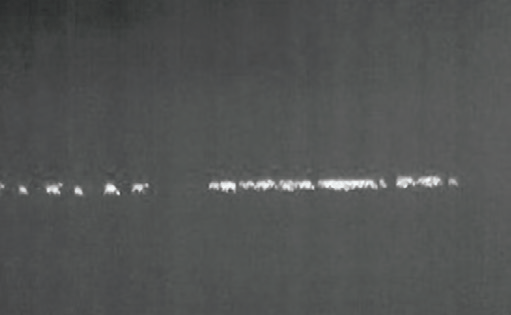
Recognition – The recognition distance is where you can start to gauge what that something is. At this distance you will be getting a pretty good idea that what you are looking at is a man and not a kangaroo for example.
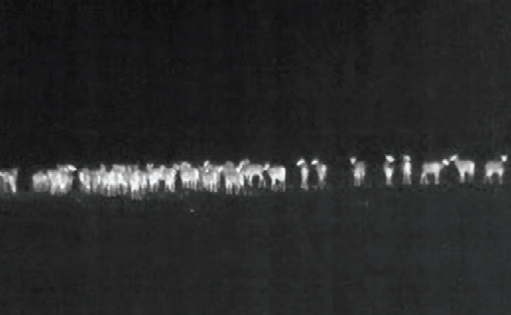
Identification – The identification distance is often crucial, especially if we are talking about thermal scopes. At this distance you will be confident that you are looking at a man, and you will be able to distinguish identifying features such as if the man was wearing a hat.
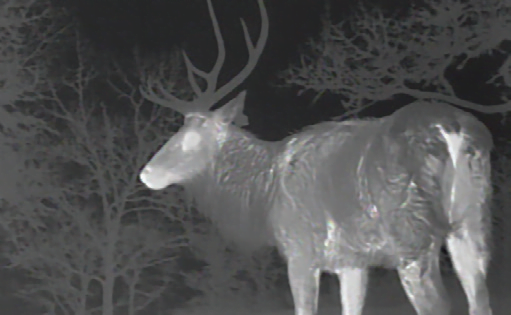
Another important factor in determining DRI is the environment you will be in. As thermal works on infrared radiation (heat/energy), the greater the difference between the ambient temperature and target is, the greater the crispness and clarity.
While thermal is a great tool to use in adverse conditions such as fog, smoke and mist, these environmental differences will decrease your cameras detection distance and image quality. This is also true of high humidity nights, which will decrease the image quality seen through the camera but this can often times be somewhat overcome by adjusting the cameras contrast and gain.
As you can see, there are a number of factors that will come into play when answering the simple question of “how far will this camera see”.
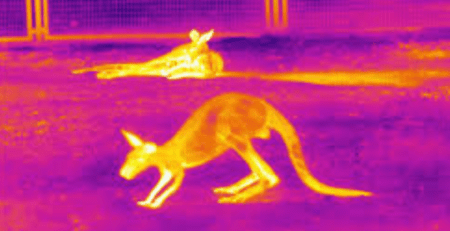
26
Nov 20

01
Jun 18

16
Nov 22
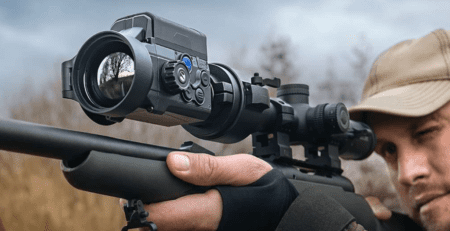
16
Oct 20
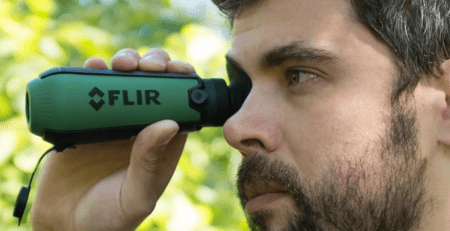
09
Aug 18

26
Nov 20
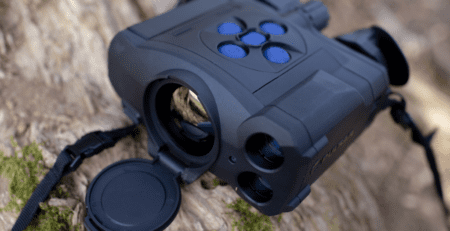
04
Nov 20

26
Feb 24
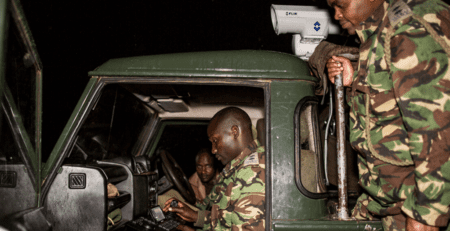
27
Oct 20
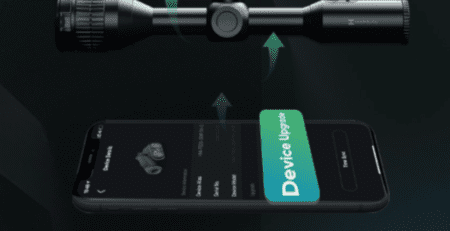
20
Sep 22

